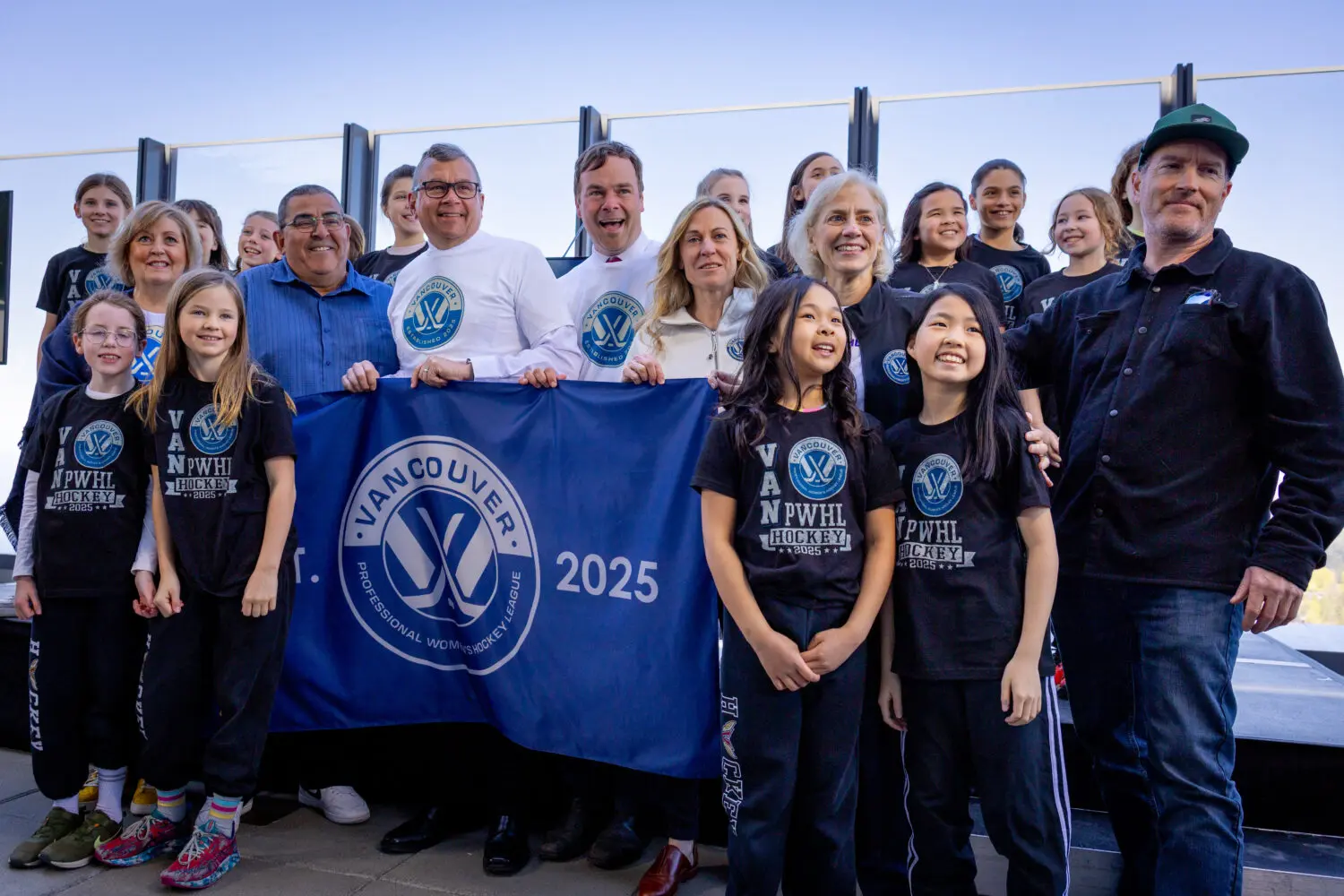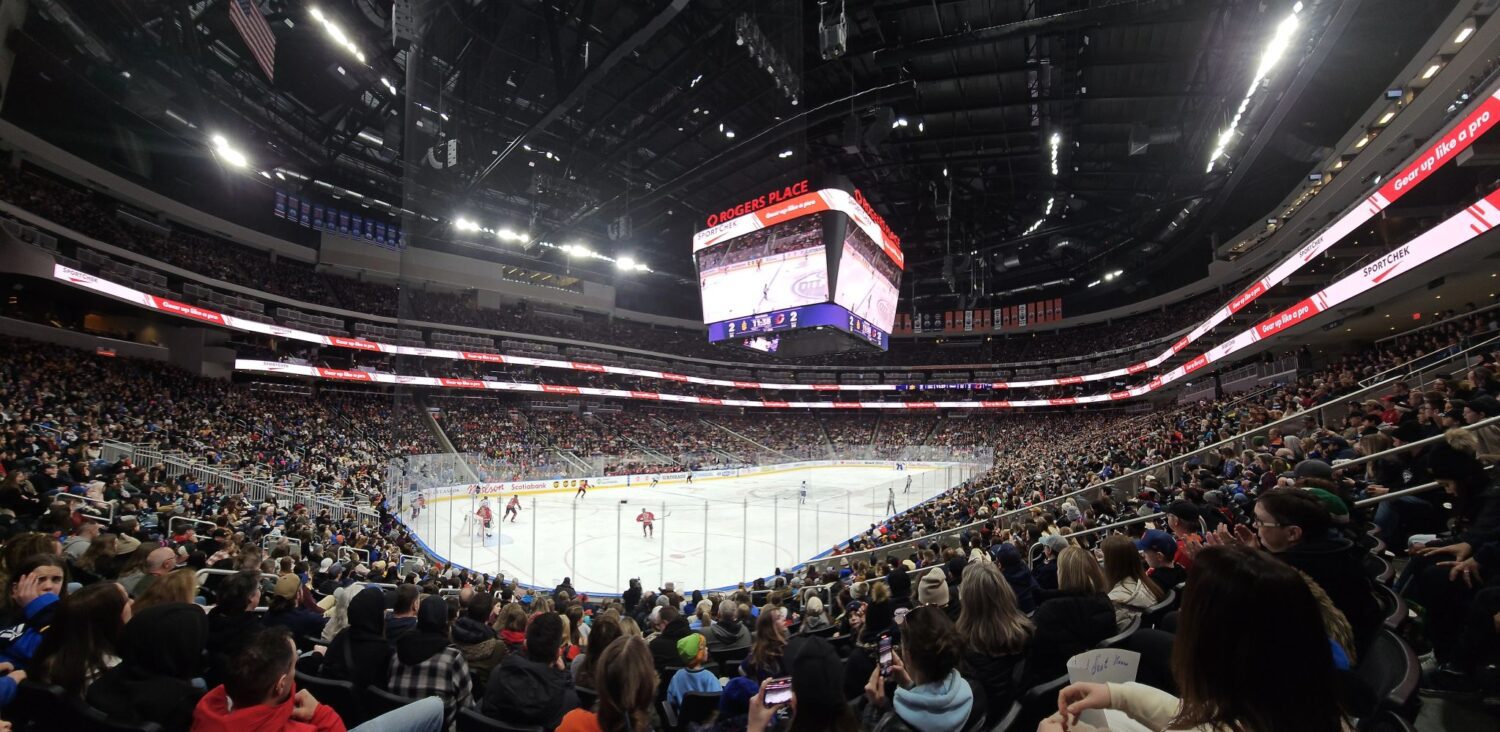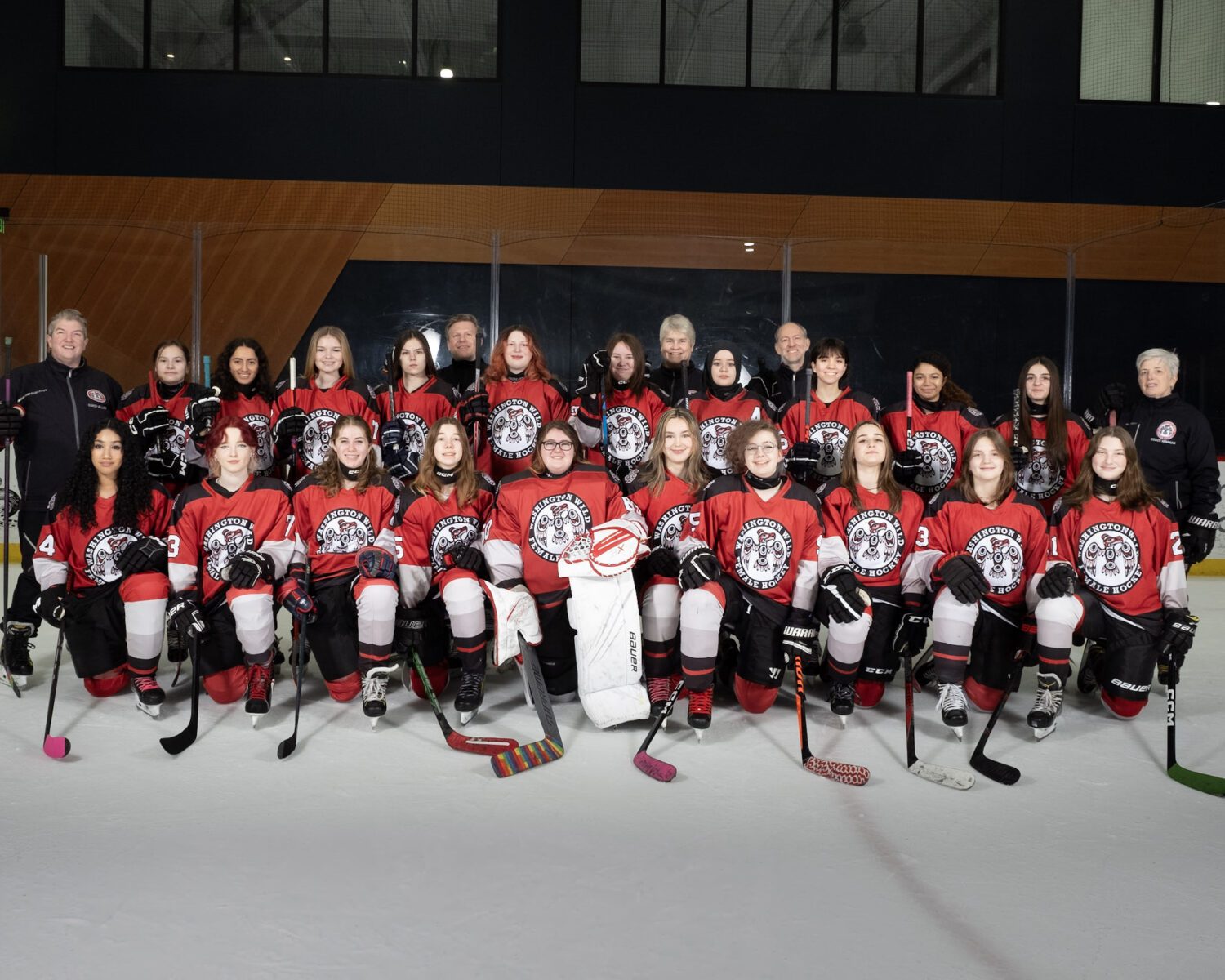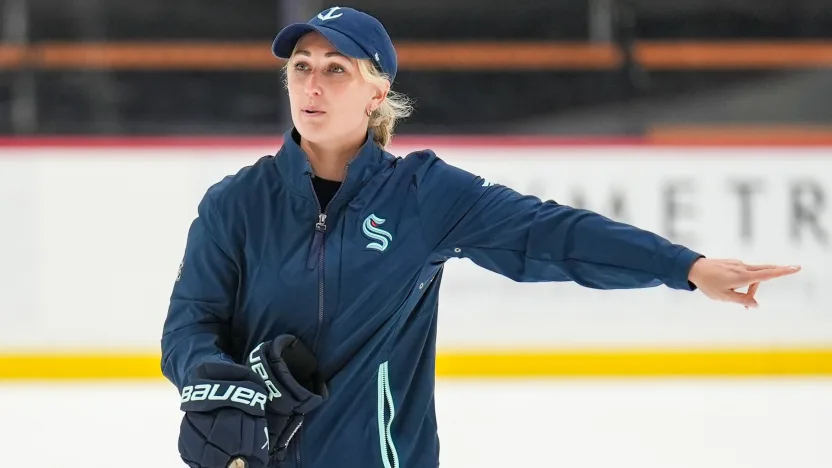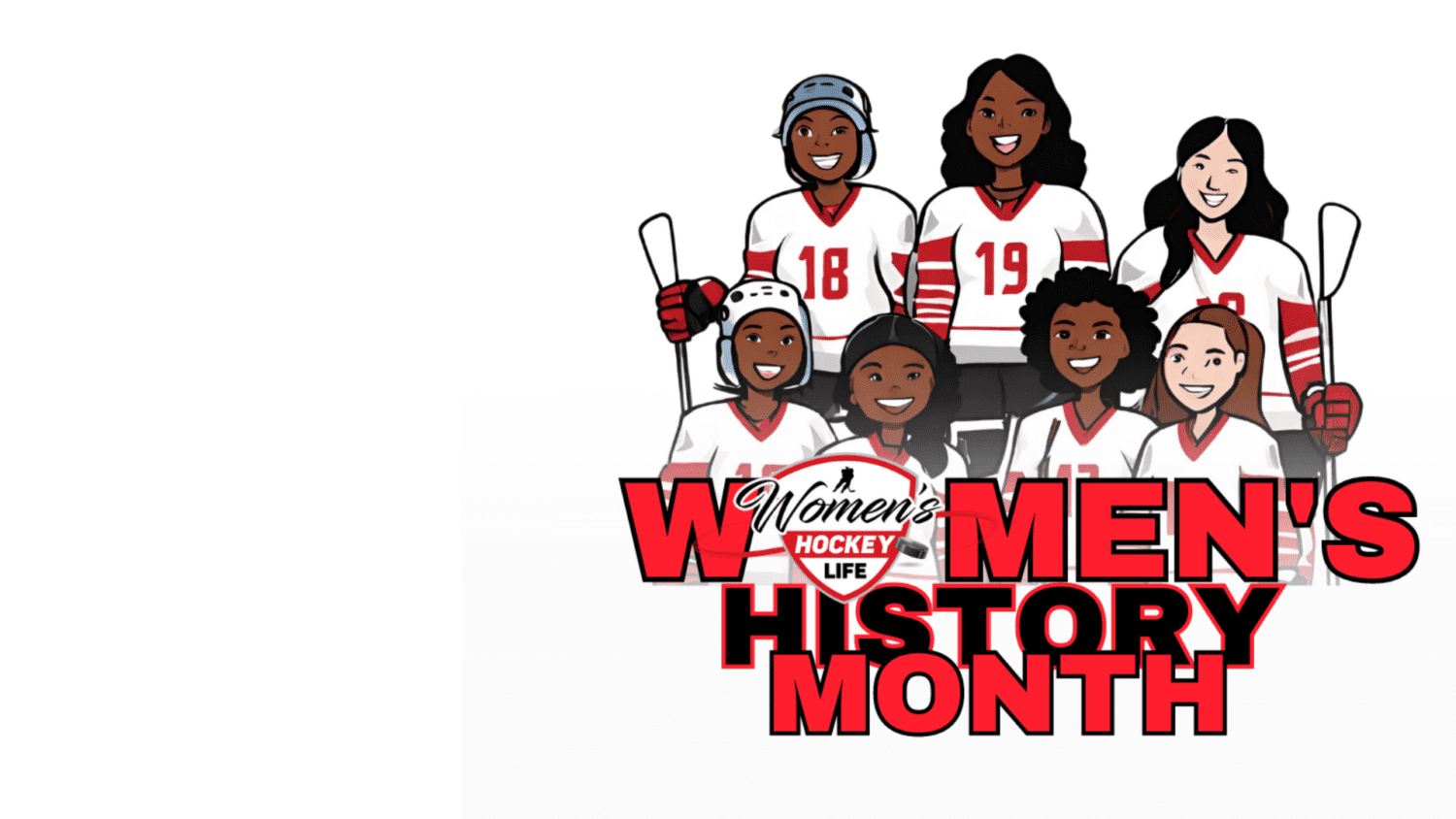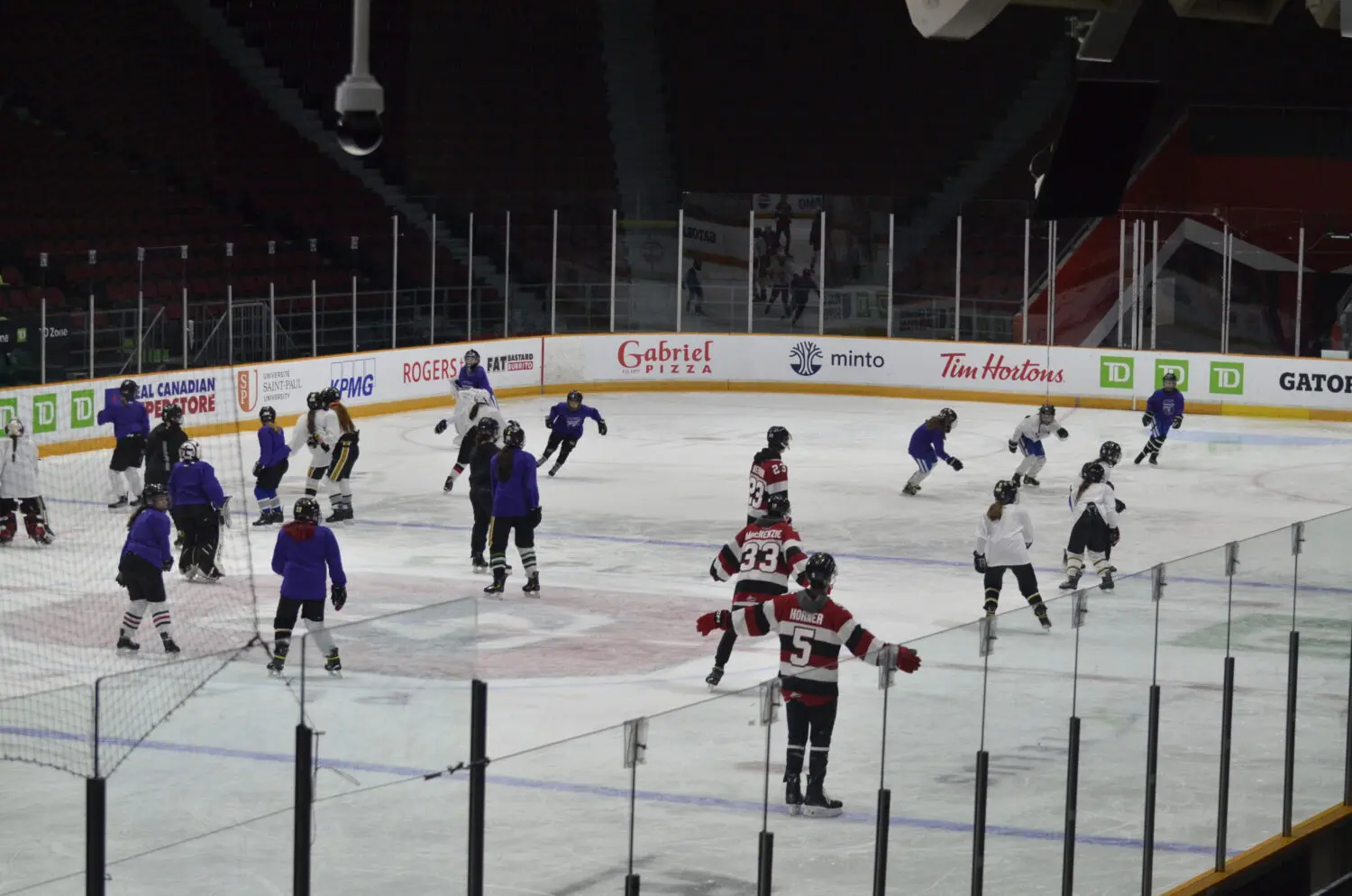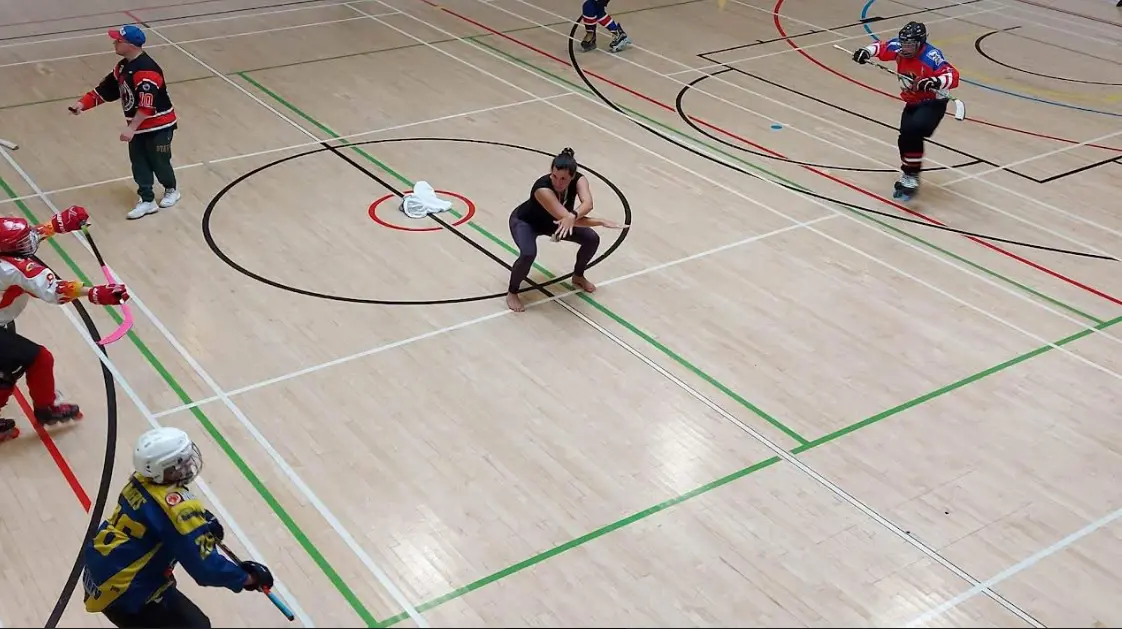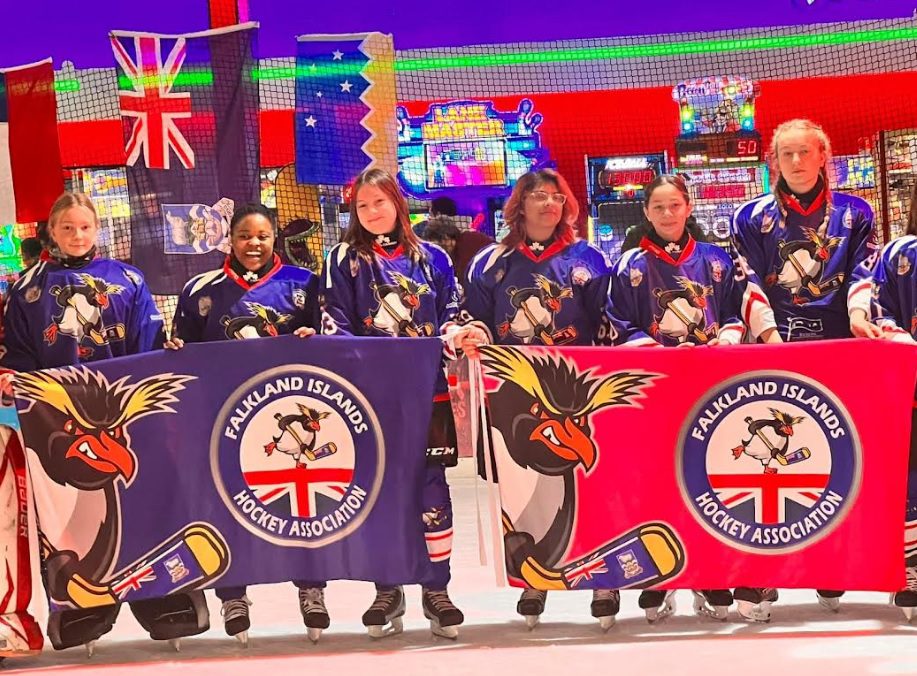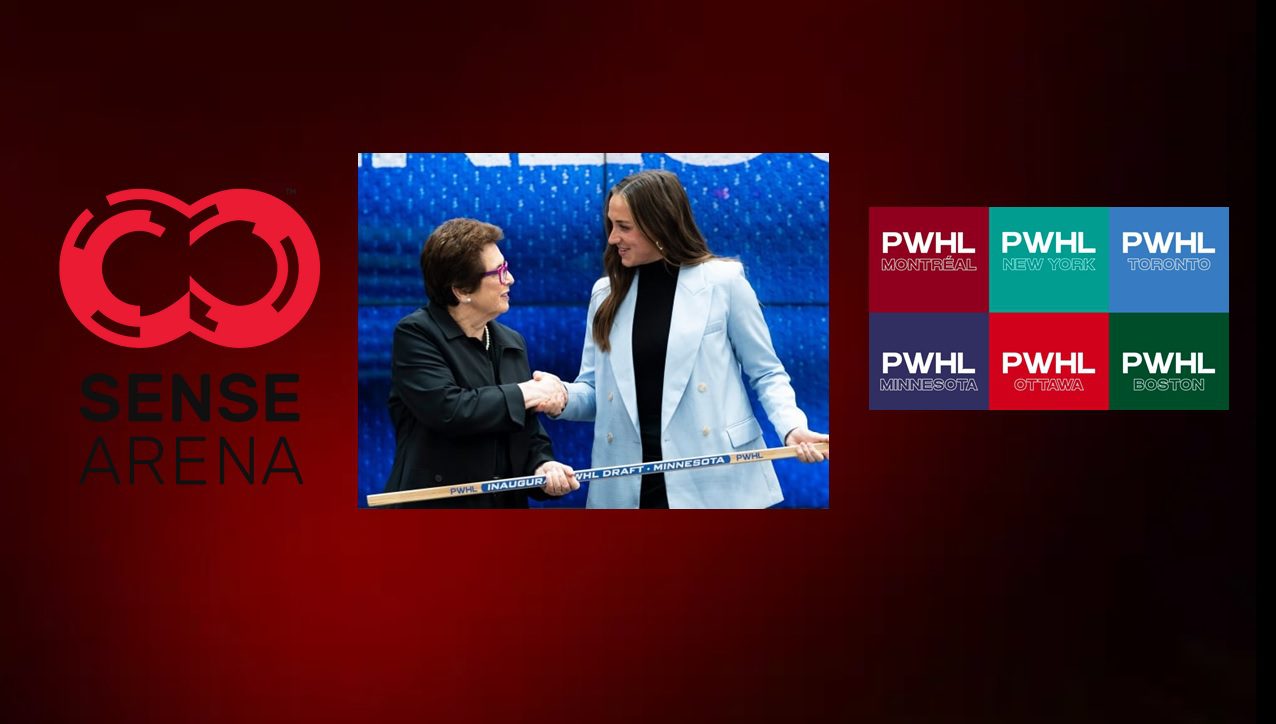Whether you’re a hockey player or spectator, for years you’ve probably heard that goalies need to be good skaters, perhaps even the best on the team. This is still true, but too often overlooked. Goalie-specific crease movements should be quick and efficient, but unfortunately many goaltenders that haven’t been trained properly are sometimes the worst skaters on the team. Being a poor skater will greatly reduce the ability to get square, which leads to a number of problems.
A goalie needs to have great balance and edge control, as well as the ability to stop and start quickly and efficiently. These skills are necessary to:
- Stay square to the puck
- Be able to use proper save selection
- Recover square to the puck
- Handle any pucks outside of the crease area
Many goalies have neglected the skating portion of their development by lack of knowledge or sometimes effort. They need to make a conscious effort to continue to improve all aspects of their skating: To be able to “arrive early” to make more first and second saves, and to be able to help out their team by handling the puck proficiently.
There are several aspects of skating that a goaltender should work on. Position-specific crease movements must be quick and controlled in order for goalies to get to the best possible position to make the save. Therefore shuffles, T-pushes, and push-outs should be automatic, without the goalie having to look down at the crease to know where they are in relation to the net. Having good edge control also helps a goaltender to move while down on the ice, so that they can make the second save. The recent use of the Reverse VH post play (also known as post lean or shoulder lean) has also increased the importance of edge control.
Another area that greatly affects skating ability is how deep the hollow should be when the skates are sharpened. The hollow should be as deep as possible, as long as the goalie can still shuffle. As the goalie acquires more leg strength they can go deeper with the hollow; this way they can push hard and get set quick, and try to “arrive early” to make the difficult saves become routine.
From an article appearing on CrossIceHockey.com—Where Rec Hockey Lives. © 2016 Digital Media Publications, Inc. Bob Janosz runs the Janosz School of Goaltending. www.bobjanosz.com.
[adrotate group=”1″]
Related Articles
Categories
Recent Posts
[adrotate group=”2″]


